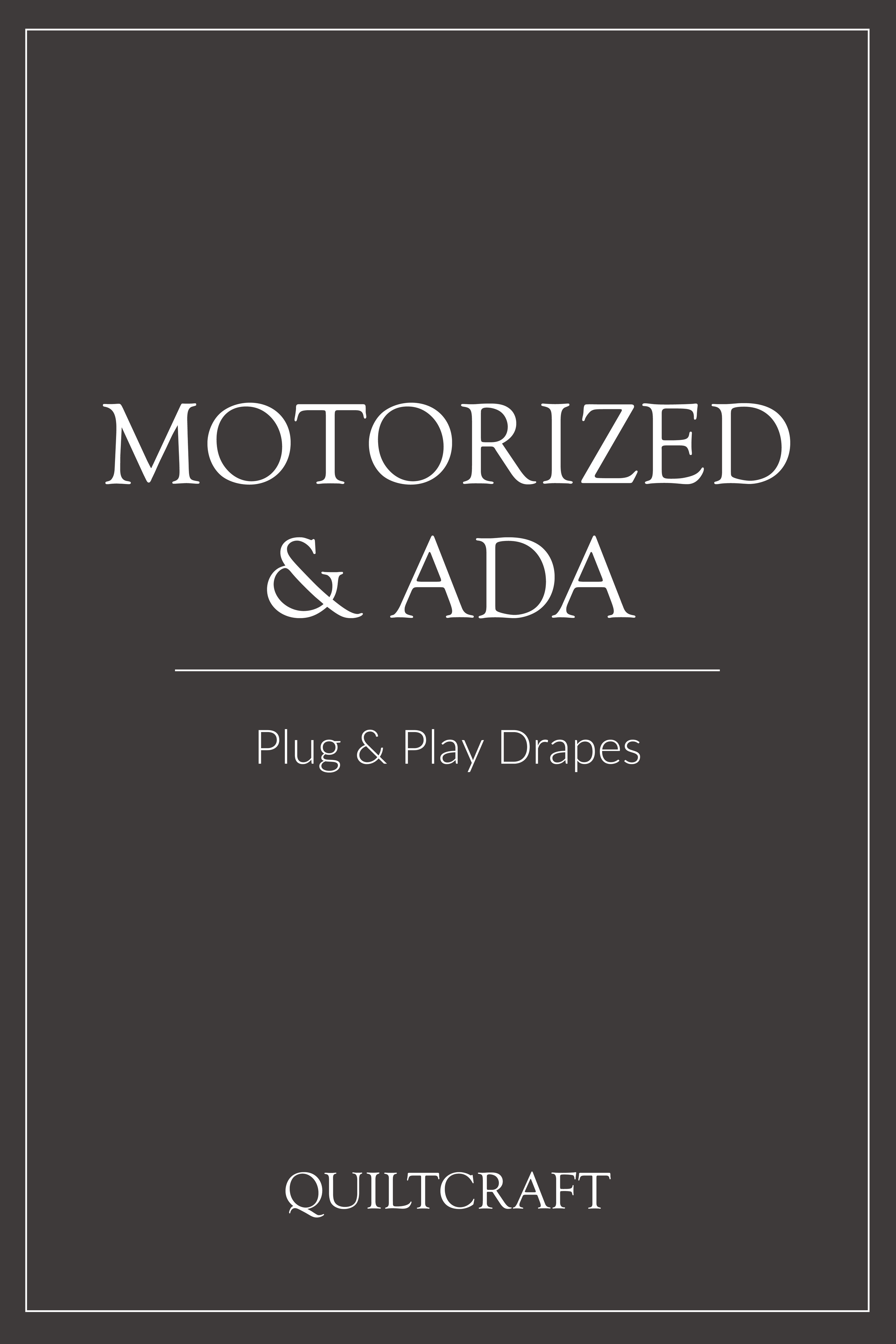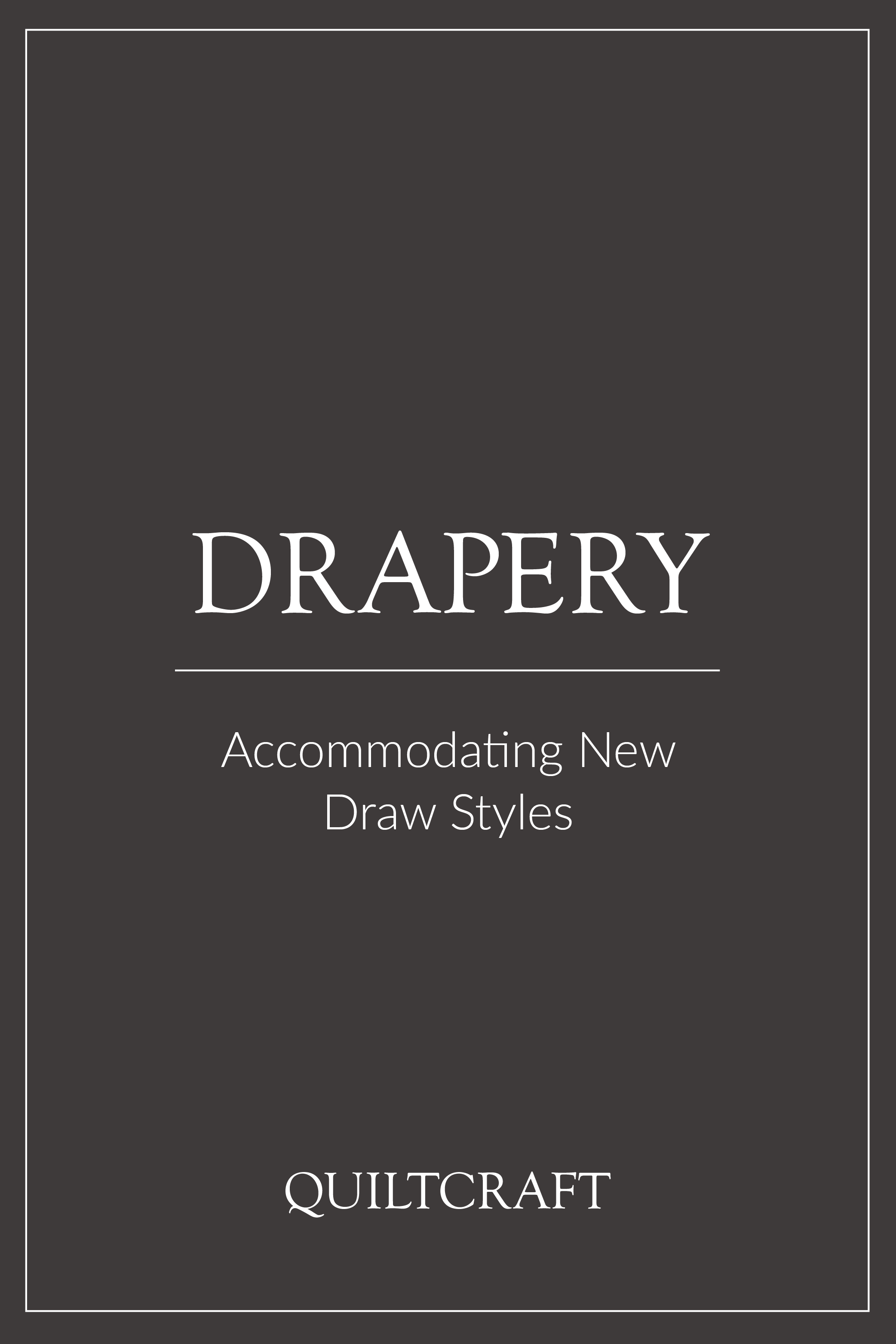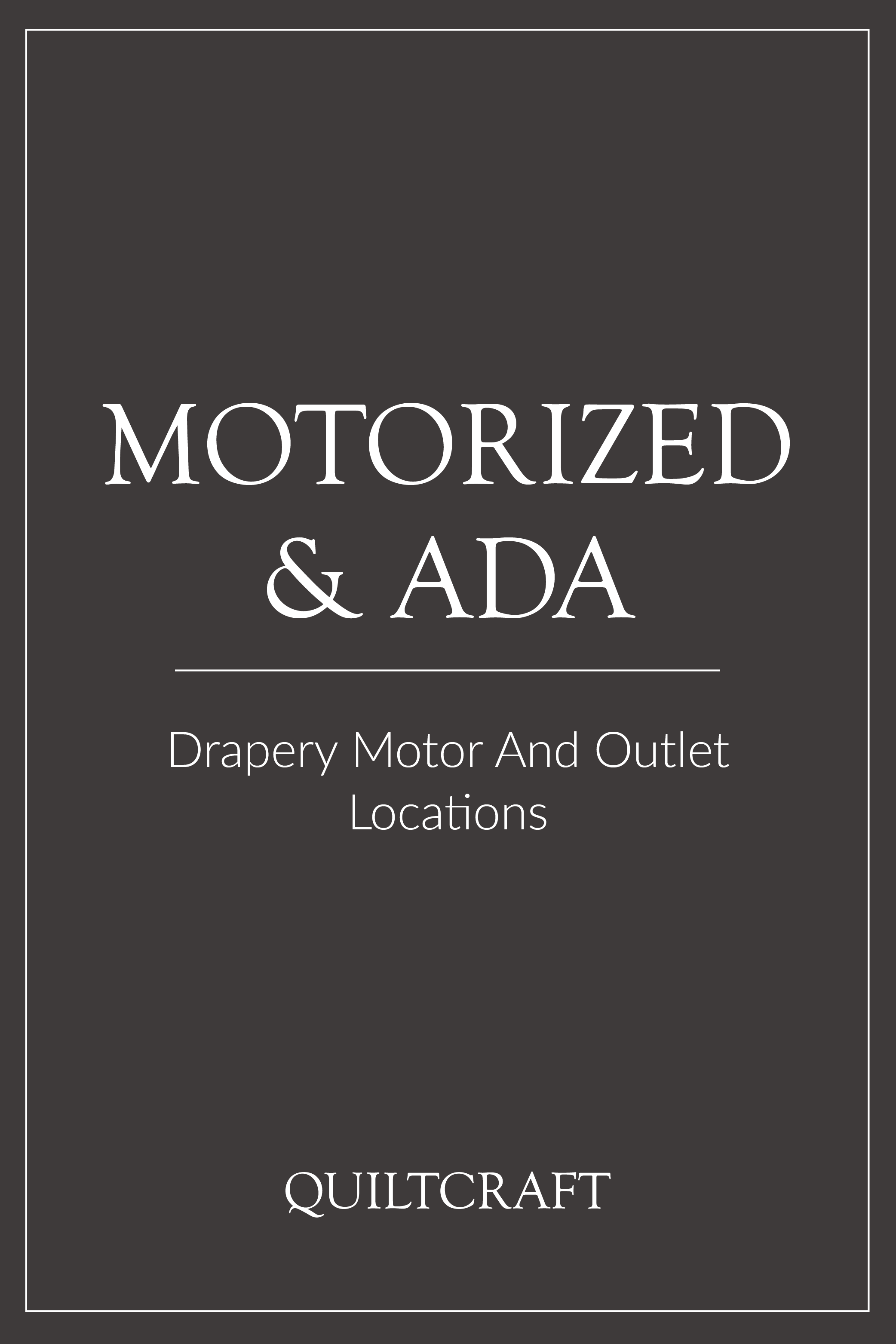All You Need To Know About Drapery Batons In Hospitality
There is an element of hospitality drapery that is rather essential but often times overlooked—the drapery baton. It is used in every single manual traversing treatment and there are more options than you may think. In light of that, we wanted to share some details in regards to batons that we think will be helpful to know when specifying drapery!
The Connections
Let’s start with the fact that there are two types of baton connections, that is the way in which a baton is attached to the drapery and/or drapery hardware.
Adapter style: which is a baton that hangs in front of the drapery offering easy access to a guest in the room. Its construction utilizes a plastic stiffener and a connection with both the drapery and the master carrier, resulting in a reinforced draw. (If you are unclear of what these exact components are please see our Resource Card on Drapery Components.)
Clip baton: uses a small clip that attaches directly to the master carrier hanging behind the drape and therefore is often referred to as a hidden baton. Clip batons are not recommended for use with large treatments as they are not as stable as batons with adapters and therefore may cause difficulty in moving the drapery.
The Materials
Whether you are specifying a clip baton or an adaptor baton the more aesthetic decision that you need to make is the material of said baton as well as the color that will couple well with the drapery fabric. Typical batons come in three different types: Fiberglass, Acrylic, and Decorative.
Fiberglass batons are sturdier than acrylic and come in two standard color options (white & clear).
Acrylic batons are clear and great for designs that limit detractors from the drapery.
Decorative batons are not typically stocked and will usually be custom ordered based upon specifications for a select project. They may be made in wood or metal and come in various shapes and sizes.
The Size
Finally, the size of a baton is a very important element and will always be verified by the drapery project manager in regards to site conditions. Batons come in various lengths (36”, 48”, 60”, 72” & 84”) and are always either 3/8” thick (fiberglass) or ½” thick (acrylic).
Their length is determined by the mounting height of the drapery in a room and whether that room is ADA complaint. Typical batons are specified to hang 60” off the floor, while ADA batons should be no higher than 48” above the floor. If something differing from these ADA and typical standards is desired it should be explicitly specified. See our Resource Card on ADA Standards.
In certain situations, it may be desirable to not use drapery batons but rather venture into the cord drawn or motorized options. We’ve included quick links below just so you can learn more about those options. We have also summarized this information and put it into a one-page PDF so you can download it and use it whenever. Happy specifying!
Explore More Drapery Related Resources




















